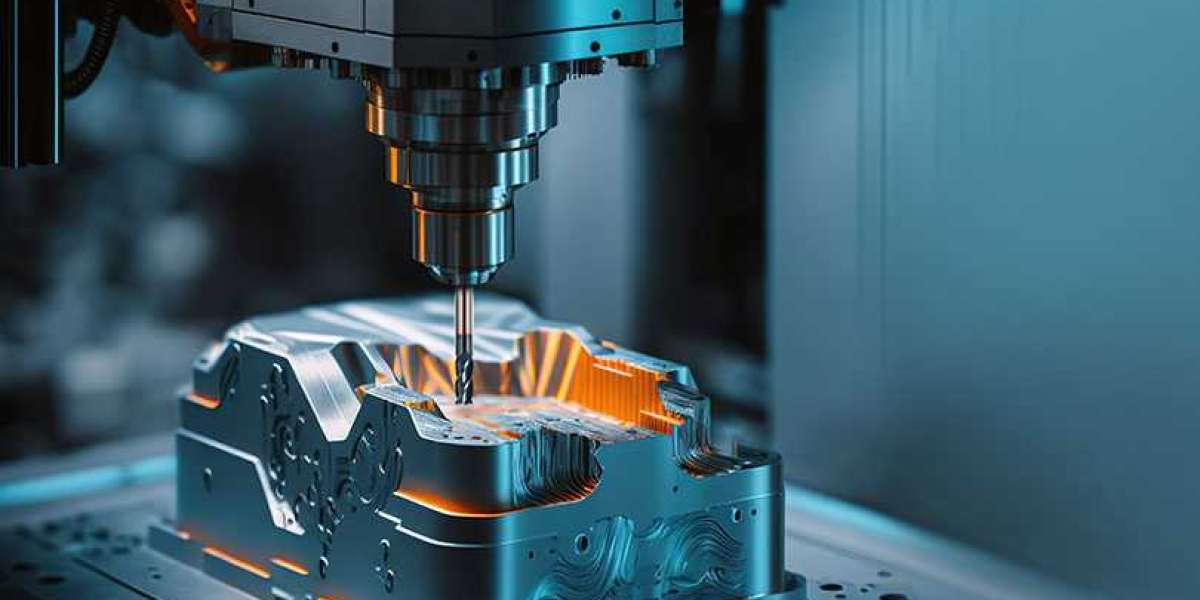Computer Numerical Control (CNC) technology is one of the key technologies in modern manufacturing. It combines computer programs with machine tools to achieve precise control and processing of workpieces, greatly improving production efficiency and product quality. With the development of technology, cnc machining service has been widely used in many fields such as automobile manufacturing, aerospace, medical equipment, etc., and is constantly developing in a more intelligent and precise direction.
Basic principles of CNC technology
The CNC system is mainly composed of the following parts:
Input device: used to input the processing program of the workpiece, common ones are keyboards, mice, etc.
Controller: that is, the CNC device itself, responsible for receiving and processing input instructions and controlling the movement of the machine tool.
Servo drive system: including motors, drivers and other components, adjusting the position and speed of moving parts according to the signals sent by the controller.
Feedback system: The position and state of the machine tool are detected in real time through sensors, and fed back to the controller for comparison and correction.
Mechanical body: composed of spindle, tool library, workbench, etc., directly performs processing tasks.
Advantages of CNC machining
High precision: micron-level processing accuracy can be achieved through preset programs.
High degree of automation: reduces the need for manual operation and reduces labor intensity.
Strong flexibility: can adapt to the processing of workpieces of different shapes and sizes by changing the program.
High production efficiency: compared with traditional manual or semi-automatic processing methods, CNC can achieve continuous and uninterrupted work.
Application areas of CNC technology
Mold manufacturing: the design complexity of molds is high, and CNC can meet its high precision requirements.
Automotive parts: the production of key parts such as engine cylinders and brake discs requires extremely high processing accuracy.
Aerospace: aircraft parts, rocket components, etc. often need to work in extreme environments, and CNC technology can ensure the quality of these parts.
Medical equipment: such as prostheses, implants, etc. require highly personalized products, and CNC can provide customized solutions.
Development trend
With the introduction of the concept of Industry 4.0, future CNC technology will pay more attention to intelligence and networking, such as:
Intelligent diagnosis and maintenance: collect machine tool operation data through Internet of Things technology, conduct remote monitoring and fault warning.
Cloud manufacturing: use cloud computing platforms to share resources and improve production efficiency and flexibility.
Human-machine collaboration: Develop safer human-machine interaction interfaces to enable operators to better participate in the production process.
Conclusion
As the cornerstone of modern manufacturing, CNC technology is constantly promoting the progress and development of industrial technology. In the future, with the further integration of new materials, new processes and artificial intelligence, CNC technology will surely play a greater role in more fields.
The above is some basic introduction to CNC machining technology and its development trend. I hope it will be helpful to you. If you are interested in learning more about a specific aspect, please let me know and I will provide you with more information.








